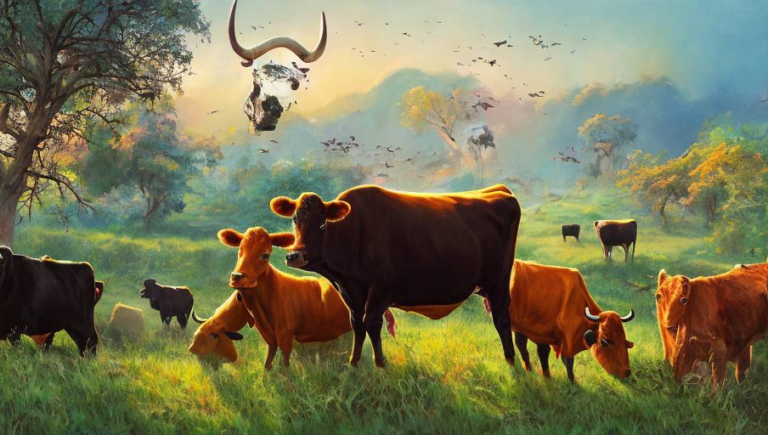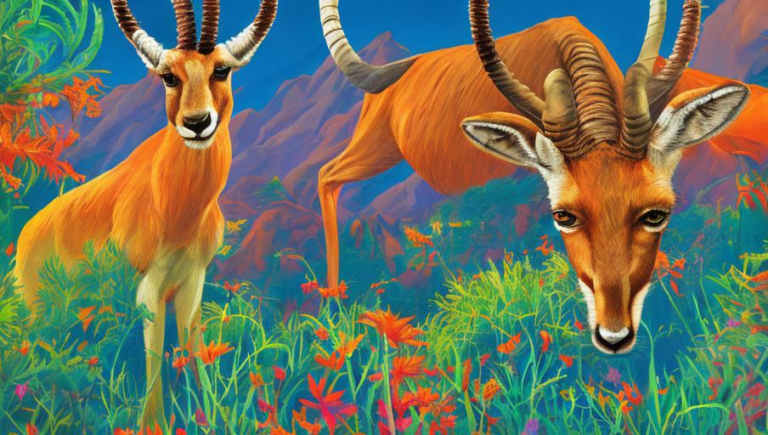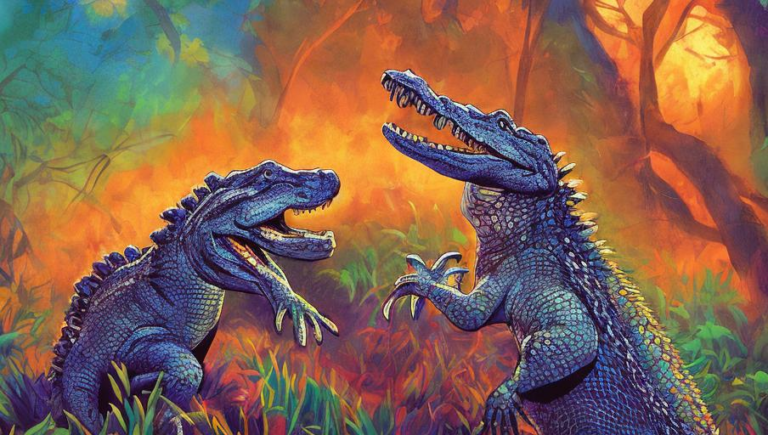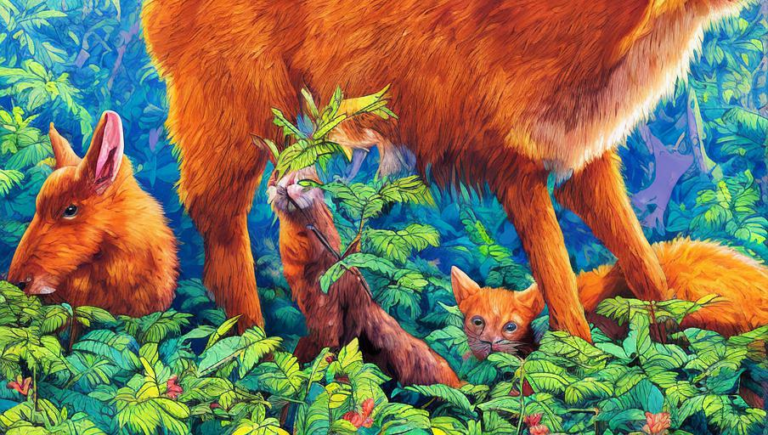Your Guide to the Dunlin Bird
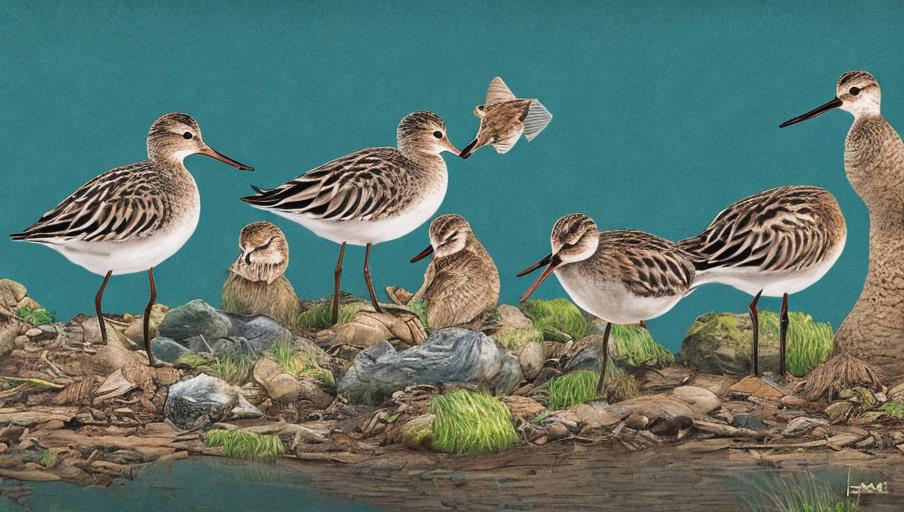
Introduction to the Dunlin
The Dunlin is a species of small shorebird that is related to the sandpiper. The Dunlin is one of the most common and widespread birds in the world and can be found in many different habitats, from coastlines to rivers and lakes. They are known for their distinctive black, brown, and white markings.
Range and Habitat
Dunlin can be found in habitats all around the world, from Europe and Asia to North America. In the United States, they are most commonly found along the Atlantic Coast and the Pacific Coast, as well as in the Great Lakes region. They are also found in Alaska and Canada.
Dunlin prefer to live in areas with shallow water, such as mudflats, sandbars, and estuaries. They are also found in wetlands and salt marshes. They can even be found in lakes and rivers with slow-moving water.
Diet and Feeding Habits
The Dunlin is an omnivorous bird, meaning it eats both plants and animals. It mainly eats small insects, worms, and crustaceans, but it will also eat small mollusks and fish. It will also eat seeds, berries, and other plant matter.
Dunlin have a unique way of foraging for food. They will run across the water’s surface, picking up food in their beaks as they go. This is known as “tail-chasing” or “foot-trembling”.
Breeding and Nesting
Dunlin typically breed between April and July, depending on the location. They build their nests on the ground in grassy areas, such as marshes and meadows. The female lays two to four eggs, which she incubates for about three weeks.
Conservation Status
The Dunlin is listed as a species of Least Concern by the International Union for Conservation of Nature (IUCN). Although its population is declining due to habitat destruction and pollution, it is still found in large numbers in many areas.
Conclusion
The Dunlin is a small shorebird that can be found in many different habitats around the world. It is an important species for the environment, as it helps to maintain the balance of its natural habitats. With continued conservation efforts, we can help protect this species for future generations.
